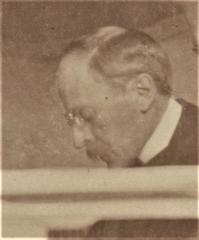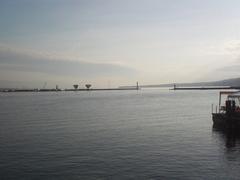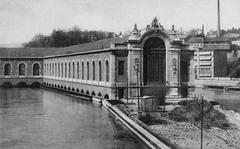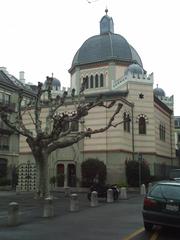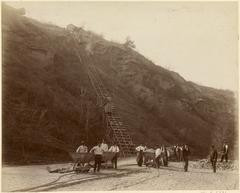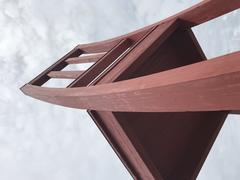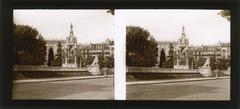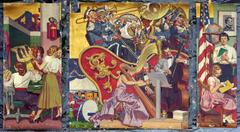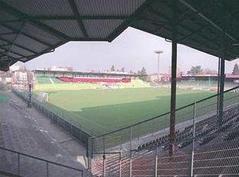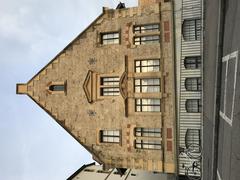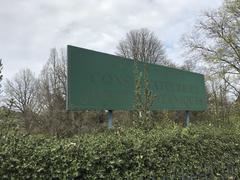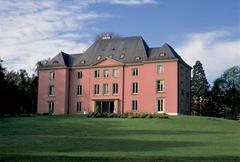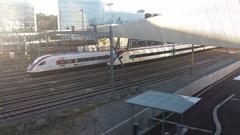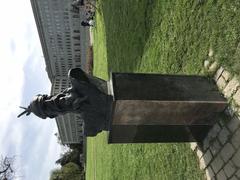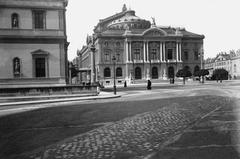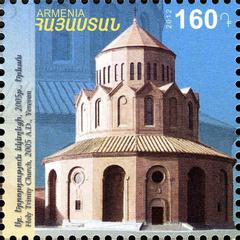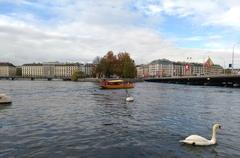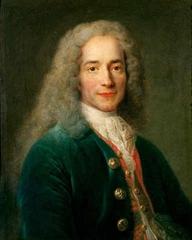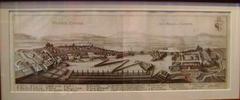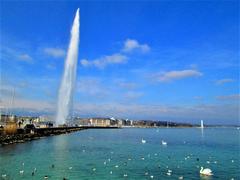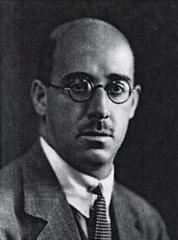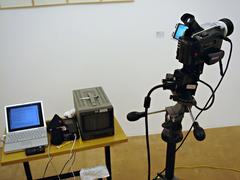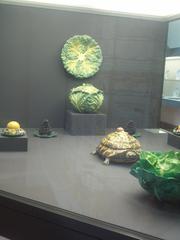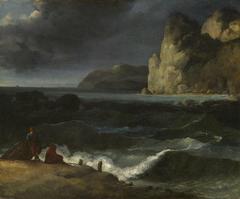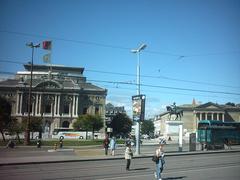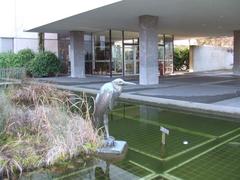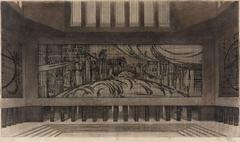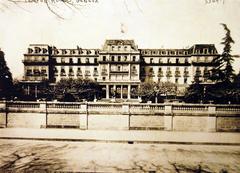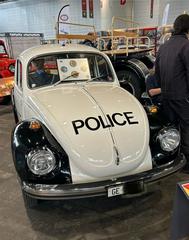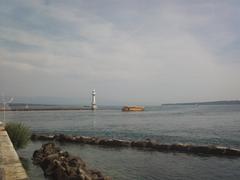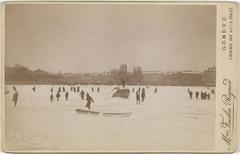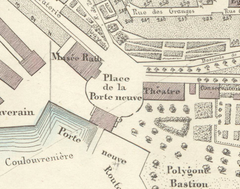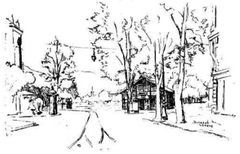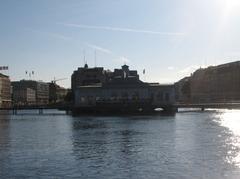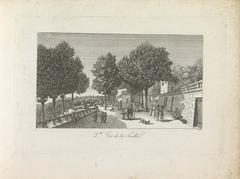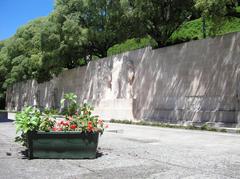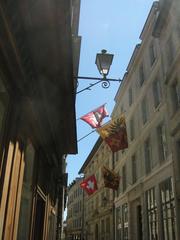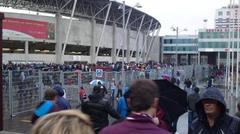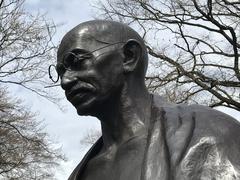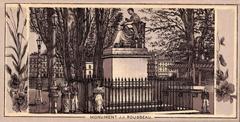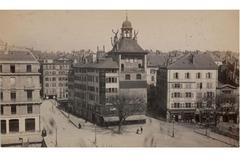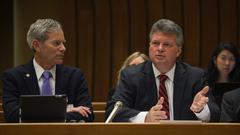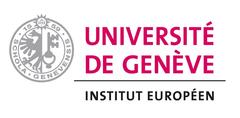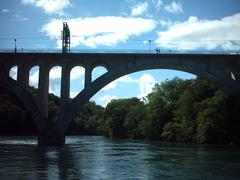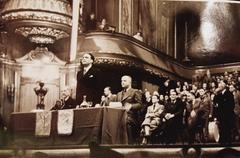
Passerelle De L’École-De-Médecine: Visiting Hours, Tickets, and Attractions in Geneva
Date: 03/07/2025
Introduction
The Passerelle De L’École-De-Médecine, once a prominent pedestrian bridge in Geneva’s dynamic Plainpalais district, seamlessly blended urban utility, academic significance, and architectural innovation. Originally built to link the University of Geneva’s medical faculty with adjacent hospitals and the Plainpalais neighborhood, it reflected Geneva’s dedication to education, scientific advancement, and sustainable urban mobility. While the original passerelle was dismantled in 2012 and replaced by the Hans Wilsdorf Bridge, its legacy—and the site itself—remain central to Geneva’s urban and cultural landscape (Wikipedia).
This comprehensive guide explores the history, architectural significance, accessibility, transport options, and nearby attractions associated with the Passerelle De L’École-De-Médecine and its surroundings. Whether you are a visitor, student, or local resident, you’ll find practical information and travel tips to enhance your experience in Geneva (Geneva Tourism).
Historical Context and Academic Heritage
Origins and Urban Relevance
The Passerelle De L’École-De-Médecine was strategically located near the historic Faculté de Médecine (Faculty of Medicine) of the University of Geneva, an institution established in 1876 that has played a pivotal role in scientific and medical progress (Université de Genève). The bridge physically and symbolically connected the academic community with Geneva’s urban heart, supporting the daily movement of students, faculty, and healthcare professionals.
Architectural Features and Urban Integration
The bridge’s minimalist, modern design echoed the architectural style of the surrounding university buildings, which emerged during the city’s educational expansion in the mid-20th century (Geneva City Culture). With a focus on accessibility, the passerelle featured ramps and wide walkways, ensuring barrier-free access for all, including individuals with reduced mobility (Geneva Accessibility).
Transition to Hans Wilsdorf Bridge
In 2012, the original Passerelle De L’École-De-Médecine was replaced by the Hans Wilsdorf Bridge, a striking modern structure that maintains the vital connection between the Vernets and Plainpalais districts (Wikimedia Commons). The new bridge continues the tradition of providing safe, accessible passage across the River Arve and stands as a contemporary architectural landmark.
Visitor Information: Hours, Tickets, and Access
- Visiting Hours: The Hans Wilsdorf Bridge (at the site of the former passerelle) is open 24 hours a day, year-round, with no restrictions.
- Tickets/Entrance: Access is completely free; no tickets are required for either crossing or visiting the bridge.
- Accessibility: The bridge is fully wheelchair-accessible, with gentle ramps, wide walkways, and tactile surfaces (Geneva Accessibility).
- How to Get There: The Plainpalais district is easily reachable by tram and bus. Nearest stops include “Plainpalais” and “Uni-Mail.” Visitors staying in hotels, hostels, or campsites receive a free Geneva Transport Card, allowing unlimited travel on trams, buses, and boats (Geneva Transport Card).
- Best Time to Visit: Late spring to early autumn (May–October) offers mild weather and numerous outdoor events.
Urban Significance and Connectivity
Strategic Location
Positioned between the Rue de l’École-de-Médecine and Rue Hans-Wilsdorf, the bridge site is a vital node linking the academic, medical, and residential areas of Geneva. Its proximity to the University of Geneva’s medical campus, the Plainpalais marketplace, and riverside parks makes it an ideal starting point for exploring the city’s multifaceted urban life (Geneva Tourism).
Transportation Options
Geneva’s public transportation network is robust and inclusive:
- Trams/Buses: Multiple tram lines (12, 15, 18) and bus routes stop nearby. All are wheelchair-accessible (tpg.ch).
- Train: Cornavin Station is about 2 km away, with direct tram/bus links.
- Mouettes Genevoises: Shuttle boats provide scenic connections along Lake Geneva and the Rhône (geneve.com).
- Cycling: The city’s bike-sharing scheme (Genèveroule) and extensive cycling paths make biking an excellent option (geneve.com).
Accessibility
Geneva’s commitment to universal accessibility is reflected in both its infrastructure and policy (geneve.ch). The bridge and surrounding areas offer:
- Step-free access and tactile paving,
- Accessible public toilets,
- Visitor centers with dedicated PRM facilities,
- Wheelchair and pushchair hire (geneve.com).
Nearby Attractions
Plainpalais District
- Plaine de Plainpalais: Home to Geneva’s largest flea market, skatepark, and frequent open-air cultural events.
- Street Art and Markets: The district is renowned for its creative murals and lively market scene (geneve.ch).
- Cafés and Restaurants: Diverse dining options cater to all tastes and budgets.
Academic and Cultural Sites
- University of Geneva Uni-Mail Campus: A hub of academic activity and contemporary architecture.
- Old Town (Vieille Ville): A short walk away, with winding medieval streets, St. Peter’s Cathedral, museums, and historic squares (planetware.com).
- Parc des Bastions: Features monumental sculptures, chess boards, and regular open-air events (geneve.com).
- Museums: The Patek Philippe Museum, Museum of Art and History, and International Museum of the Reformation are all nearby, many offering accessible facilities.
Lake Geneva and Promenades
A 10–15 minute stroll brings you to the lakeside, the Jet d’Eau fountain, and scenic promenades—ideal for walking, picnicking, or boat rides (planetware.com).
Practical Tips for Visitors
- Weather: July averages 15°C to 28°C, with occasional rain—pack an umbrella.
- Safety: The Plainpalais and Vernets districts are safe, well-lit, and popular with locals.
- Currency: Swiss Franc (CHF); cards widely accepted, but some markets prefer cash (Intentional Travelers).
- Language: French is primary, but English is commonly spoken in tourist and academic areas.
- Food: Affordable meals are available at supermarkets like Coop and Migros; tap water is free (Newly Swissed).
FAQs
Q: Is the Hans Wilsdorf Bridge open at all times?
A: Yes, open 24/7, year-round, without entrance fees.
Q: How do I reach the bridge using public transport?
A: Take trams 12, 15, or 18 to “Plainpalais” or “Uni-Mail.”
Q: Is the area accessible for wheelchairs and families?
A: Absolutely; all approaches, trams, and public spaces are designed for universal access.
Q: What can I see nearby?
A: Explore the Plainpalais market, Uni-Mail campus, Old Town, Parc des Bastions, and Lake Geneva.
Q: Are guided tours available?
A: Many walking and themed tours include the bridge and surrounding districts; check with the Geneva Tourist Office for schedules.
Visuals and Media
Alt: Hans Wilsdorf Bridge in Geneva, the modern pedestrian bridge replacing the Passerelle De L’École-De-Médecine
Interactive Map of Plainpalais and Vernets Districts
Summary
The Passerelle De L’École-De-Médecine and its successor, the Hans Wilsdorf Bridge, remain enduring symbols of Geneva’s blend of tradition, innovation, and inclusivity. The site and its surroundings offer not only architectural and historical interest, but also vibrant cultural experiences, accessible transport, and a welcoming environment for all visitors. Whether you’re drawn by Geneva’s academic legacy, urban energy, or scenic promenades, the area provides a gateway to the city’s most compelling attractions (Geneva City Mobility).
Plan your trip to Geneva today to enjoy barrier-free exploration, world-class museums, lively markets, and the unique spirit that defines this international city. For personalized travel assistance, download the Audiala app and follow us for the latest updates on Geneva’s must-see sites and cultural highlights.
Official Sources and Further Reading
- Geneva City Culture
- Geneva Urban Planning
- Wikipedia
- Geneva Tourism Accessibility Information
- Université de Genève
- Geneva Tourism


